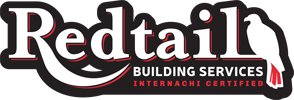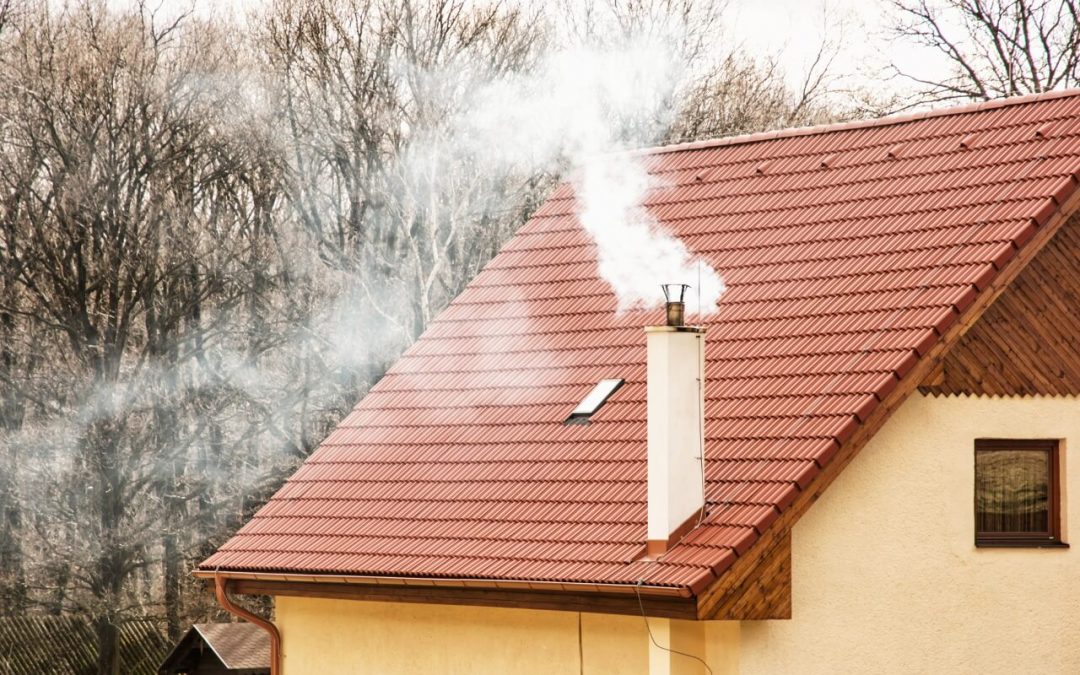There’s nothing quite like the cozy, natural warmth of a fireplace. When the temperature starts to drop, the first fire of the season is sure to get you into the spirit of fall. But before you build a fire, it’s important to conduct routine chimney maintenance to keep your family safe and to protect your home.
The Dangers of Creosote
Creosote is a natural byproduct of wood burning in a fireplace. It condenses and accumulates on the chimney walls as smoke travels upward and cools. Because this build-up is flammable, a chimney coated with creosote is a fire hazard.
While creosote is normal, it should be removed regularly to keep your home safe. Hire a professional for a chimney inspection and cleaning in late summer or early fall when you first start preparing your home for the cold season.
Chimney Maintenance Tips to Combat Creosote
Chimney maintenance is a must as a homeowner and it can be a dirty job. Soot will cling to just about everything, including your skin, clothing, and the air you breathe. For routine chimney maintenance, wear gloves, a mask, and safety goggles for an extra measure of protection.
Cleaning the Chimney
The easiest way to clean the chimney is to hire a professional chimney sweep. If you choose to first have the chimney professionally inspected, the inspector will let you know if a sweep is necessary. When in doubt, err on the side of caution and have the chimney professionally cleaned.
If cleaning the chimney is a job you feel confident tackling yourself, there are a few tools that you’ll need. Cleaning the fireplace will require a different set of supplies.
1. Use a Flashlight for Chimney Maintenance
Shining a flashlight up into the chimney from the firebox will give you an idea of how much soot has collected. If the soot appears to have a tarry consistency, you’re dealing with creosote and you’ll need to hire a professional.
2. Specialized Brushes
Your local hardware store or fireplace dealer will probably sell the brushes you need. Pay attention to whether the flue liner is made of clay or metal, as this will dictate the type of bristle material that is appropriate. Use plastic for metal liners and metal bristles for a clay liner. You’ll also need to purchase extension rods so that you can brush the full length of the chimney.
3. Shop Vacuum & Plastic Sheeting
When using a shop vacuum, run the hose from the inside of the fireplace to the vacuum in an outside space (due to soot that may escape the vacuum housing). Tape the plastic sheeting carefully over the fireplace. Using plastic, you can operate the vacuum the entire time you’re cleaning the chimney without soot escaping into your home.
Chimney maintenance is best performed by an experienced professional. While it is possible to handle cleaning the fireplace on your own, it’s easier to hire someone who has the tools and knowledge to do the job quickly and correctly. Have the chimney inspected and cleaned as part of your preparation for winter.
Redtail Building Services offers inspection services to customers in Southeastern Virginia. Contact us to request an appointment.

